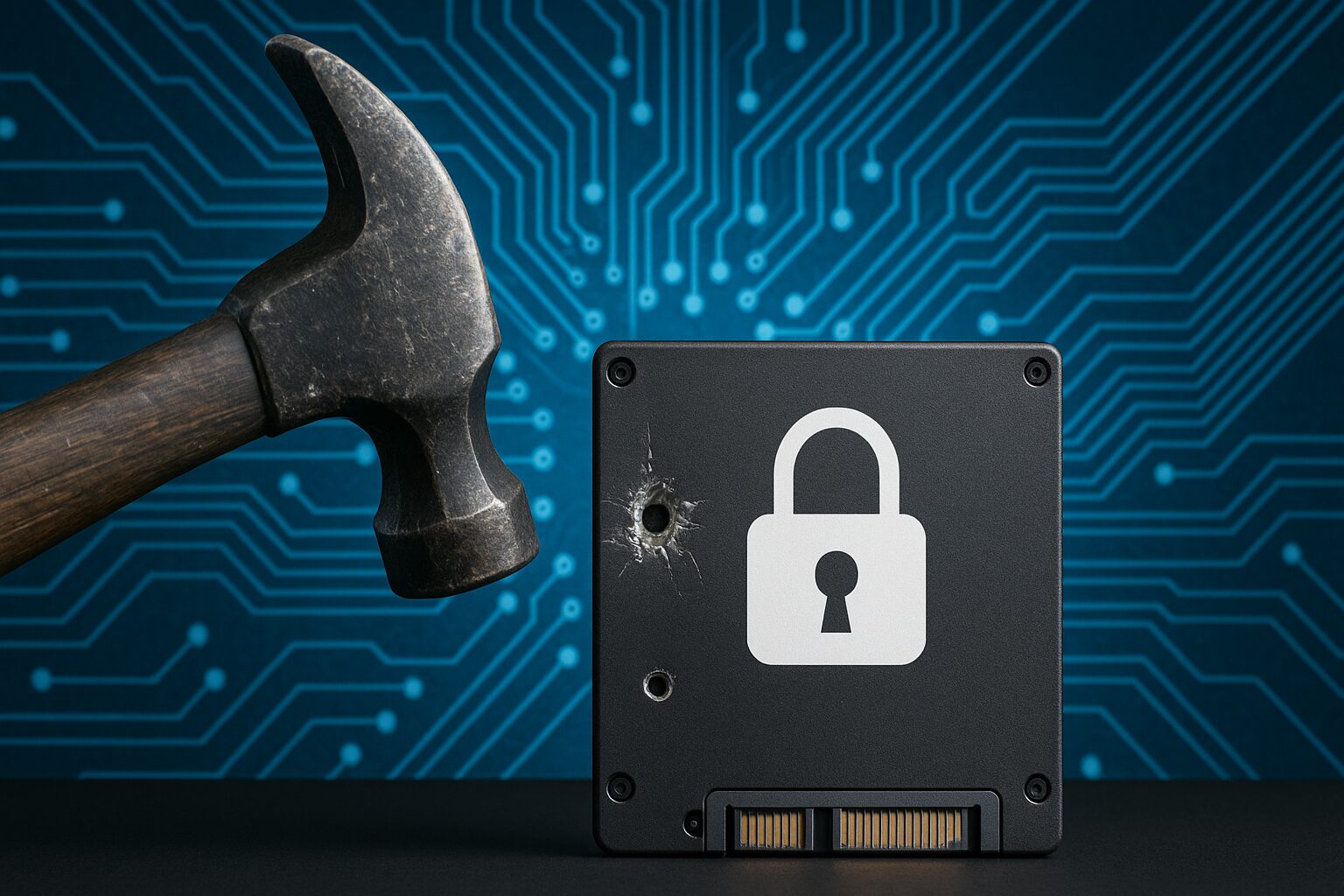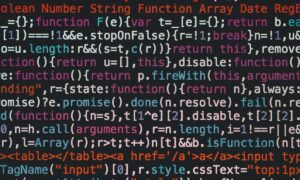Understanding the Importance of Secure Data Destruction
Secure data destruction is one of the most overlooked but crucial steps in protecting your personal privacy. For most consumers, deleting files, performing a factory reset, or simply tossing out an old laptop might seem like the end of the data lifecycle. However, the truth is far more complex—and potentially dangerous. Unless your data is securely destroyed, it remains recoverable, opening the door to identity theft, financial fraud, or unauthorized access to your private information.
Today’s digital devices—from smartphones and laptops to USB drives and external hard disks—store vast amounts of sensitive data. This includes everything from banking information and tax documents to personal photos and saved passwords. The idea that someone could retrieve these after you’ve “deleted” them is unsettling, but it’s entirely possible with the right tools and know-how. That’s why secure data destruction isn’t just for businesses or government agencies; it’s something every consumer should understand and implement.
What Happens When You Delete a File?
Most people believe that dragging a file to the recycle bin or performing a factory reset means that data is gone forever. In reality, when you delete a file, your device simply marks that space on the storage disk as “available for reuse.” The actual data remains until it is overwritten, making it recoverable with specialized software.
This becomes especially concerning when you sell, donate, recycle, or dispose of your devices. Even a discarded hard drive from an old computer can contain troves of valuable data unless it has been properly sanitized. Secure data destruction ensures that all information is truly erased, making it virtually impossible to recover.
Data Wiping: A Digital Clean Slate
One of the most effective methods of secure data destruction is data wiping. This process involves overwriting all existing data on a device with random strings of ones and zeros. The aim is to overwrite the actual binary data, not just delete the files, ensuring nothing can be retrieved.
Consumers can use various software tools designed specifically for this purpose. For Windows users, programs like Eraser or DBAN (Darik’s Boot and Nuke) offer free and effective solutions. Mac users can rely on Disk Utility’s secure erase features, while Linux enthusiasts often use the “shred” or “dd” command-line tools.
Many of these programs follow strict data sanitization standards, such as the U.S. Department of Defense 5220.22-M protocol, which involves multiple passes to ensure complete data removal. While this process can be time-consuming, it’s one of the most reliable ways to perform secure data destruction at home.
Encrypt Before You Reset
If you plan to reset a smartphone, tablet, or even a laptop before disposal, it’s best to encrypt the device first. Encryption turns your data into unreadable code that requires a unique key to decode. Once encrypted, you can perform a factory reset to remove the encryption key itself, making it nearly impossible for anyone to access the original data—even with advanced recovery tools.
Modern iPhones and many Android devices come with built-in encryption, though you may need to enable it manually on some older models. Before initiating the reset, check your device’s settings to ensure encryption is active. Then proceed with a factory reset to complete the secure data destruction process.
Physical Destruction: A Last Resort
While data wiping and encryption are effective for most consumers, some prefer physical destruction—especially for old hard drives and storage media. This method involves physically damaging the device so it can no longer be accessed.
Smashing the hard drive with a hammer, drilling holes through the platters, or even using specialized shredders are all valid techniques. This form of secure data destruction is absolute, though it renders the device unusable and unrecyclable. Because of the environmental impact, physical destruction should be reserved for highly sensitive data or when digital wiping isn’t feasible.
If you go this route, remember to wear safety gear and handle electronics responsibly. For those unsure about how to safely destroy a device, some recycling centers and electronic waste facilities offer secure destruction services that follow environmental and safety regulations.
Secure Data Disposal Services: Peace of Mind for Everyone
Not everyone feels comfortable handling secure data destruction themselves—and that’s perfectly okay. Professional data disposal services exist specifically for this reason. These companies offer certified destruction of digital media, ensuring your information is thoroughly erased and cannot be retrieved.
While commonly used by businesses, many of these services also cater to individual consumers, especially during large clean-outs, estate clearings, or tech upgrades. They often provide a certificate of destruction as proof that your data has been securely handled.
When choosing a service, look for those that follow recognized data sanitization standards and are transparent about their processes. It’s worth investing in peace of mind when it comes to your digital privacy.
Common Mistakes to Avoid
When it comes to secure data destruction, many consumers make mistakes that can leave them vulnerable. The most common include relying solely on factory resets, using “quick format” options, or simply deleting files manually. These methods do not guarantee complete data removal and can leave behind fragments that are recoverable with minimal effort.
Another mistake is failing to back up important data before starting the destruction process. Once your data is securely wiped or physically destroyed, there’s no going back. Always ensure you’ve saved anything you need to keep before proceeding.
Lastly, don’t forget about less obvious storage devices. USB drives, memory cards, external hard drives, and even old game consoles and smart TVs can store personal data. These too should be treated with the same level of caution and subjected to secure data destruction methods before disposal.
Staying Safe in the Digital Age
Secure data destruction is more than just a technical process—it’s a crucial part of digital hygiene. As our lives become increasingly intertwined with technology, the importance of safeguarding our personal information cannot be overstated. From financial data to private conversations and family photos, the data we store on our devices is deeply personal and deserves protection.
Understanding the risks and applying proper data disposal techniques ensures that your information doesn’t fall into the wrong hands. Whether through software-based wiping, encryption, or physical destruction, secure data destruction empowers you to take control of your digital footprint.
Conclusion
Secure data destruction should be a standard practice for anyone looking to protect their digital privacy. Simply deleting files or resetting a device is not enough. Whether you’re getting rid of an old phone, computer, or USB stick, make sure to use reliable data wiping tools, enable encryption, or physically destroy the device if necessary. For those who prefer a hands-off approach, professional data destruction services can provide added assurance. In the end, safeguarding your personal information is worth the time, effort, and occasional cost. Digital safety begins with the conscious decision to treat your data as something worth protecting—because it absolutely is.



































